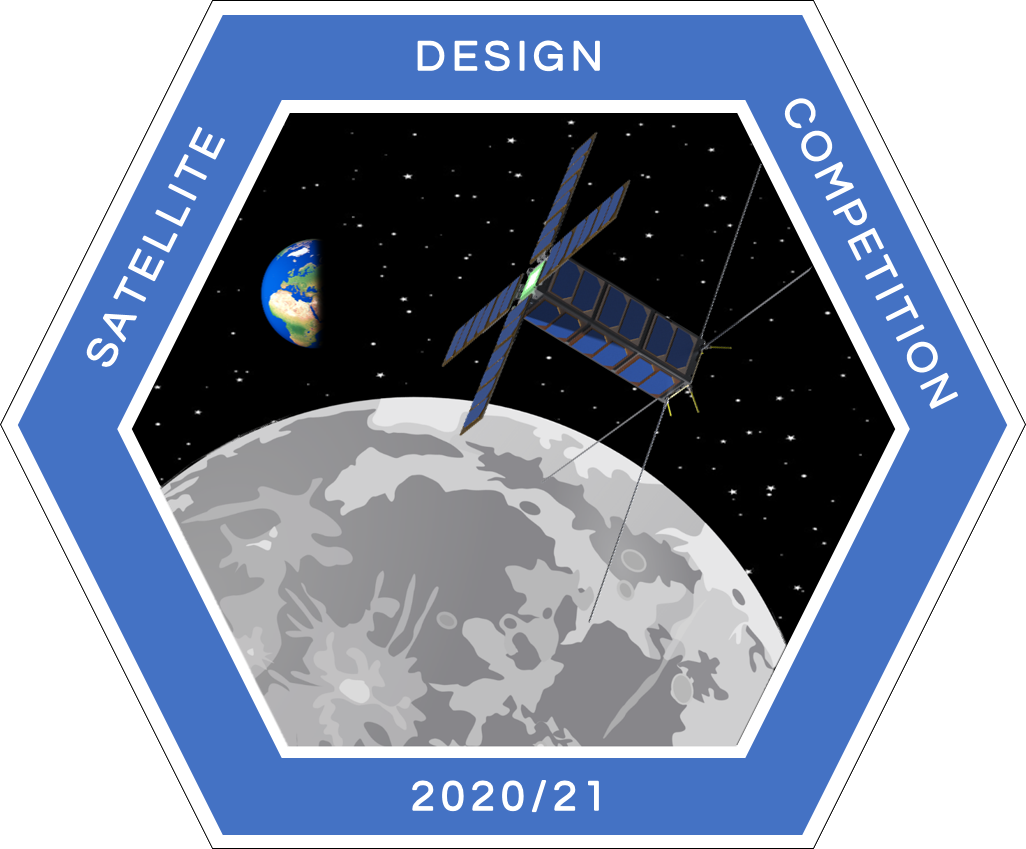About
Overview
The Satellite Design Competition invites students to design, construct and operate a nanosatellite payload system with the objective to acquire as much information from an analogue lunar nanosatellite mission. Students shall create a payload concept, trade off performance parameters and pass through a rigorous review process with panels of experts within the space industry. The competition aims to reach out to students from multiple scientific fields, including, but not limited to, physicists, engineers and computer scientists.
The competition aims to:
- Challenge students to perform a complex, systems engineering task of the development of a payload to a set of real space mission requirements
- Gain exposure and experience of the typical design processes and protocols in industry projects, including multiple project reviews
- Enable students to apply taught technical skills and learn new ones relevant to a job in the space industry in an applicable project environment
- Provide students with an opportunity to develop and practice other important and transferable skills, such as teamwork, leadership and project management
This year marks the fourth instalment of the Satellite Design Competition. During the first 2 years, competing teams researched and designed a space mission utilising cubesats for astronomy, where an extensive final report was submitted. Last year, the competition was expanded to include a build phase, where competing teams had the opportunity to design and construct a nanosatellite payload. The heritage of the competition was kept, where the extensive report was separated out into multiple, smaller reports that can be expected in industry space mission design: a Preliminary Design Report, a Critical Design Report and a Test Readiness Review. The nanosatellite payload will be integrated on-board Open Cosmos’ 3U OpenKit platform and teams were to be scored over a series of tasks on a competition challenge day finale.
